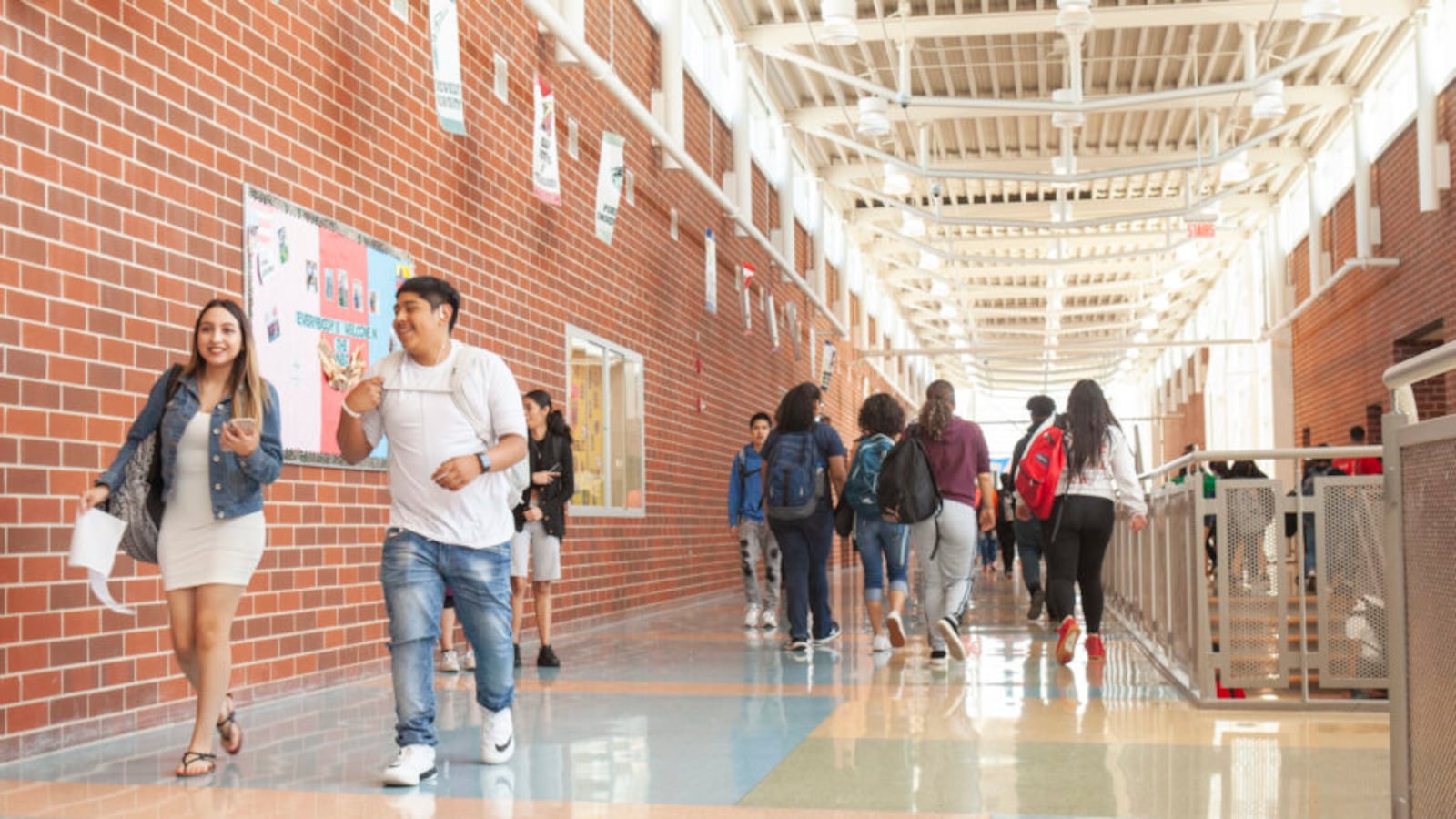Sign up for Chalkbeat Chicago’s free daily newsletter to keep up with the latest education news.
Nicole Watson began checking the GoCPS website early in the morning on Feb. 23, in case Chicago Public Schools released the high school enrollment results early.
Results were scheduled to go online at 5 p.m. that day, but she couldn’t stop herself from looking at the website every hour.
After months of touring schools, preparing for the High School Admissions Test (HSAT), and ranking school choices last fall, her son Daniel Watson was about to find out where he would be spending the next four years of his academic career.
Daniel’s grades in seventh grade were stellar and he did well on the HSAT — both criteria considered in the application process, alongside their neighborhood’s “Tier,” which is based on socioeconomics, and the order in which they ranked their preferred high school programs. The Watsons felt good about his chances of getting accepted at his top choice schools, but Nicole Watson was still anxious.
When she checked the website shortly after 5 p.m. and saw that he’d been accepted to his top choice selective enrollment school, Gwendolyn Brooks College Prep, she had to hold back tears.
“I knew he could get in, that the possibility was real, but seeing it felt really nice,” she said, letting out an audible sigh. “Not quite overwhelming, but a relief.”
Some families also felt that relief last Friday evening as they saw their results; the uncertainty and stress of the high school enrollment process came to a successful end for them.
But others found disappointment and further uncertainty staring back at them from their screens after their children were denied or waitlisted at their top choice schools.
“It worked out for us. But I think about all of the kids and families who were disappointed because they didn’t get an offer, or they didn’t get their first choice,” said Watson. “Break that news to a kid, and then how do you continue to build their confidence and let them know ‘it’s not you, it’s the system?’”
Students who are unhappy with their offers can apply for Principal Discretion, which allows selective enrollment high school principals to fill seats outside of the regular selection process. Students can also appeal the decision, or they can wait a few more months to see if they get off the waitlists and into their top schools.
But, after the Board of Education’s December vote to develop a new five-year strategic plan that would, among other things, shift “from a model which emphasizes school choice to one that supports neighborhood schools,” even families whose eighth graders were offered seats at their top choice high schools have a lot to think about. Some worry about how much the plan will impact the schools they chose while others worry about how the process and the schools will be different for their younger kids.
Last year, Chalkbeat followed four families as they went through the CPS high school enrollment process. Now, after results have been released, we’ve checked in with them to see how they fared, what they think of the process now that they’ve received results, and how they’re thinking about the future as the school choice system stands to undergo big changes.
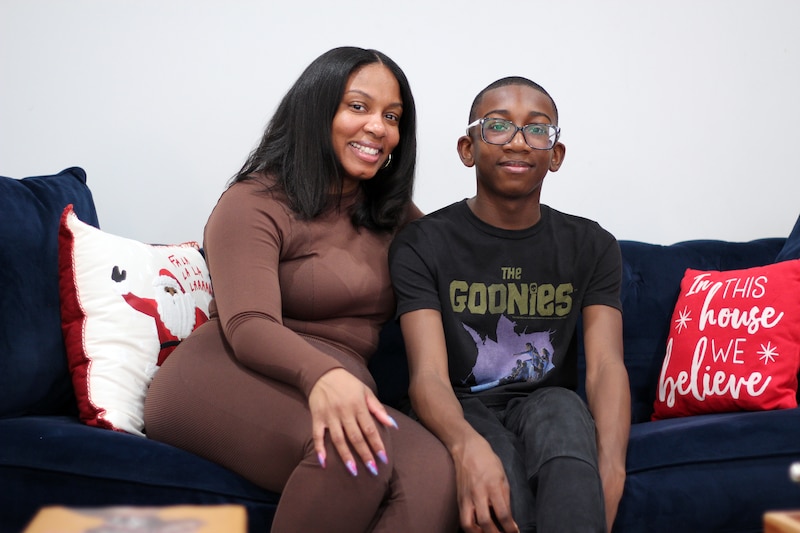
Daniel Watson
Daniel Watson played it cool when he learned he had an offer for a seat at his top choice schools, said his mother. But “he couldn’t stop smiling,” so she knows he was excited.
Nicole Watson said she wouldn’t do anything differently, but when the Watsons potentially have to go through the process again for her third grade son, she’ll do exactly what she did for Daniel and make sure that he is the one who picks his top choices.
“Because this is his high school experience,” she said. “I’m glad that I did that and that I just didn’t make the decision myself, that I really allowed it to be his decision.”
Now that the process is over, the Watsons will focus on the big transition to high school, but the fact that her youngest son’s turn will be coming up in the midst of the Board of Education’s next five-year strategic plan, which could de-emphasize school choice, is on her mind.
“That means that this particular kid potentially could be impacted by it,” she said. “We understand that strong neighborhood schools indicate a strong, thriving neighborhood. But at the same time, there’s nothing wrong with having a more rigorous academic setting for kids who need that.”
For Daniel and the Watsons, they’re already onto the next thing — thinking about college. Nicole Watson said that looking ahead she’s most excited about the potential for dual-credit and Advanced Placement classes for her son to help reduce the cost of college.
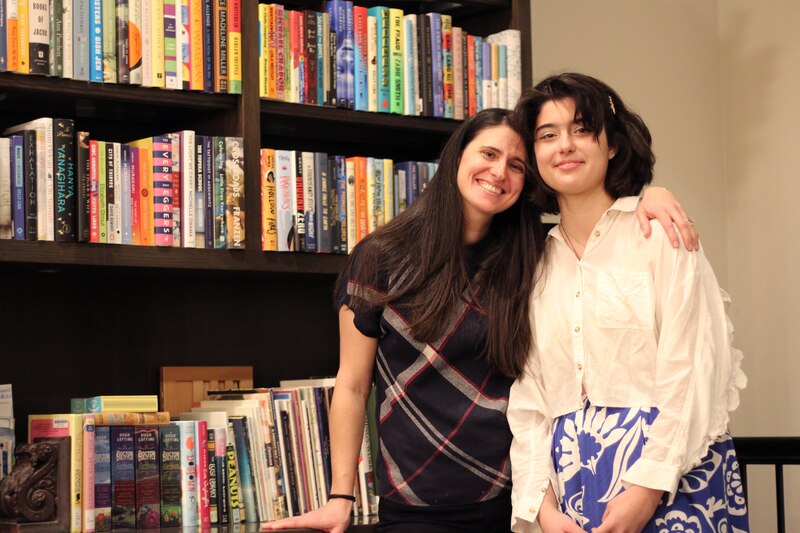
Chloe Athanasiou
When Chloe Athanasiou first began considering high schools, one of their goals was to attend a school where they knew people. For Chloe, that school was Walter Payton College Prep, her top choice.
So Chloe was relieved when they were offered a seat at Payton, but “it wasn’t happiness until I heard from friends that are important to me,” they said.
Chloe advises students going through the process this year not to worry about “what other people are doing. Worry about yourself first, then you can worry about others.”
Focusing so much on attending Payton to be with their friends, Chloe said, put even more pressure on getting into the school, “even if it wasn’t the best decision for me,” they said. “If I were to do it all again, I probably would have put a lot less pressure on myself.”
Even with their success in the process, Chloe still thinks the whole system needs to be changed.
“I think it’s a ridiculous amount of stress and pressure for you to deal with. And it’s not necessary,” they said. “We could figure out a different solution.”
Katherine Athanasiou, Chloe’s mother, also felt the pressure and said she would’ve tried to stay, or at least appear, calmer if she had to do it over again, which she will next year when her sixth grade son goes through it.
“But this is a really crazy process and I feel like we all have to show ourselves a little bit of grace,” said Katherine Athanasiou.
Even with the Board of Education’s move away from school choice to support neighborhood schools, Katherine Athanasiou said she’s still going to push her son to get straight A’s next year, because in the current process, “if you get a B in seventh grade, you’re pretty much locked out of selective enrollment schools,” she said.
But Chloe, who attended a neighborhood school through sixth grade before transferring to a selective enrollment elementary school, said they are hopeful that the board’s plan will improve things for everyone.
“It would have definitely changed my experience [at the neighborhood school] if more time and effort was put into making sure that those spaces were safe and that they were receiving a good amount of resources,” said Chloe. “I think it will, in the long term, benefit everyone.”
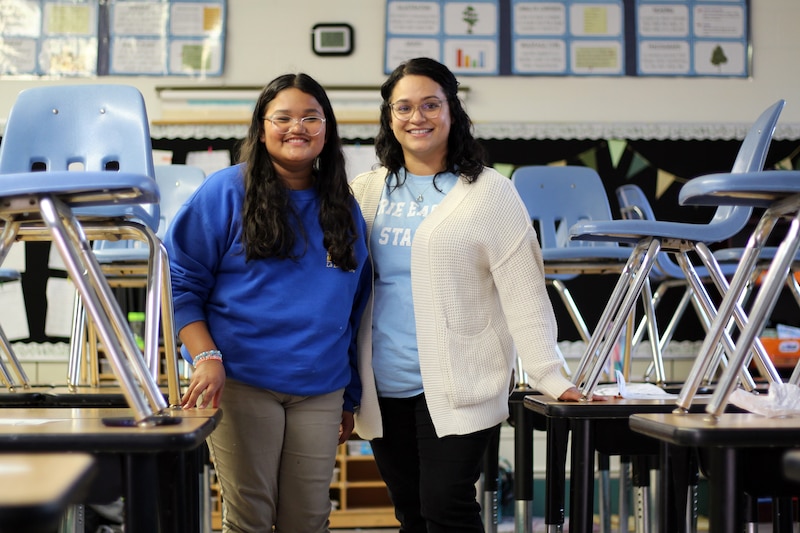
Selah Zayas
This year’s high school enrollment process has changed everything for the Zayas family.
Selah’s HSAT scores came back lower than expected. So they weren’t surprised when she didn’t get an offer at her top choice selective enrollment school, Lane Tech College Prep, but the family was disappointed.
The HSAT cut-off scores for Lane Tech were among the top five highest this year. Students who scored below that cut-off score did not get offers.
The other schools with higher cut-off scores were Walter Payton, Whitney Young, Northside, and Jones College Prep, all of which consistently rank as the top high schools in Chicago in the U.S. News & World Report rankings.
Students rank selective enrollment schools and “choice” schools — charter schools, magnet programs, and other non-selective enrollment schools — separately. Selah did receive an offer at Noble Street College Prep, which she ranked as her number one “choice” school, largely because it is where her brother attends — so she could take advantage of sibling preference. Although she is disappointed, Selah said she still feels relieved to “have some clarity” about where she’s going in the fall.
“At least I didn’t have to go to my neighborhood school,” said Selah, but she envies the kids who had more choices. “I just wanted the same opportunity and selection.”
Her mother, on the other hand, is questioning everything.
Andrea Zayas teaches at a dual-language charter school where Selah and her two younger sons attend, and now she’s worried that the school did not adequately prepare her daughter for high school and also may be underpreparing her younger sons.
Specifically, she no longer trusts the school’s grading system.
A low grade is supposed to be a “red flag,” she said. But Selah had a 4.0 grade point average in seventh grade. So Andrea Zayas was surprised when her test scores were low.
“It definitely makes me reconsider the elementary school that they’re currently at,” she said. “It’s kind of like the fruit of my discontent over the years with their instruction.”
“My children have not been acknowledged as having challenges, because they were always compared to their peers versus being compared to a standard,” she said.
To help her daughter cope with the disappointment, Andrea Zayas has been reaffirming that Noble Street is a good school, but she is really rattled and is questioning not just her daughter’s elementary school preparation but the school choice system as a whole.
“I feel like sometimes there’s an illusion of choice. The true preparation doesn’t begin in middle school or eighth grade, the true preparation begins in kindergarten, when you choose a school that is going to prepare your child for their next step.”
“There’s all these schools,” she said. “But do you have access? There might be options, but without access, what do options matter? And access is the instruction that occurs every day. It’s the elementary school that you’re going to and what they are doing.”
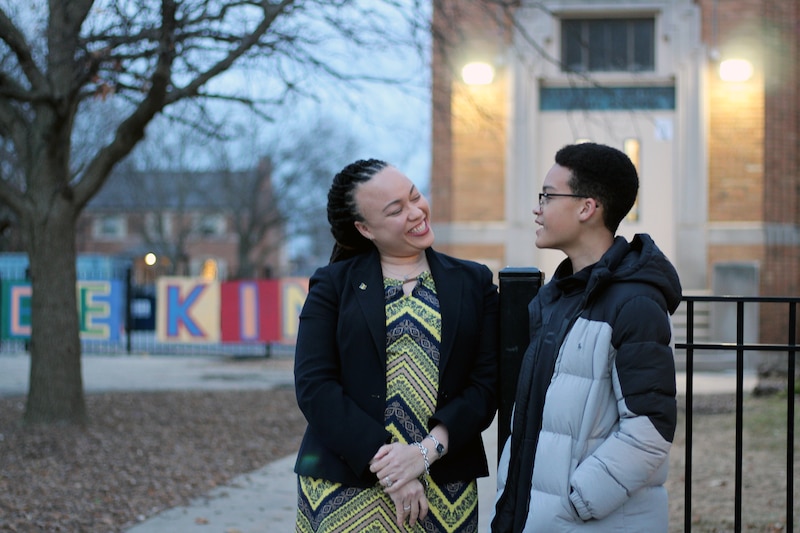
Elias Gray
“Three words,” said eighth grader Elias Gray three days after receiving enrollment results, “It’s. Finally. Over.”
Gray was genuinely surprised when he learned that he had an offer to attend Brooks College Prep, which was his top choice selective enrollment school. Although he did very well on the HSAT, he got a couple of B grades in seventh grade, bringing down his overall score on the high school enrollment rubric.
“I just feel excited because I never thought I’d be able to get into Brooks,” Elias said.
At school the Monday after results were released, however, his classmates had a mix of emotions, he said.
“Some are happy. Some are depressed because of how low they got.”
Either way, he said, he doesn’t know a single kid at his elementary school who will be attending the neighborhood school — Morgan Park High School.
“Our neighborhood school is like the final line, the last line,” said Elias. “It used to be good, but I don’t know what it is now.”
With the board’s plan to shift from school choice, Elias’s mother Shanya Gray wonders what that will mean for her younger son when he considers high schools.
“I just don’t want my kid to be a guinea pig,” she said.
But, she said, she feels much more prepared now that she’s gone through the process and understands how everything works. That’s the advice she has for families preparing for this year’s enrollment process — learn everything you can about the system.
“There’s no one place where you can go and get all the information, all the tips and so on,” she said. “There are these pieces that you have to find or have to know. The people who are most successful in this system are the ones who have cracked it. It isn’t necessarily the smartest. It isn’t necessarily the best. It’s the people who have cracked the system.”


